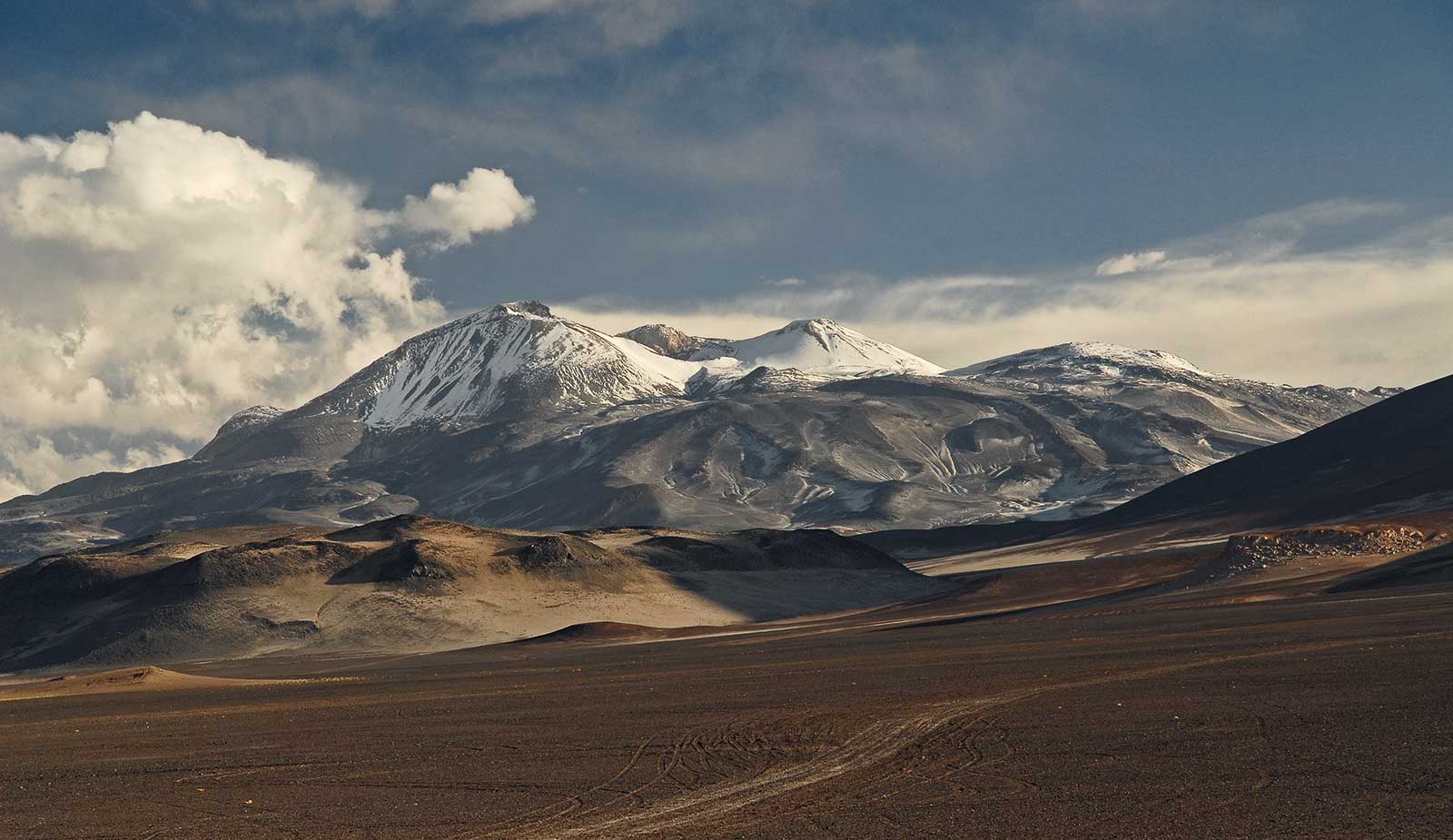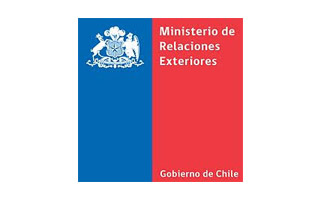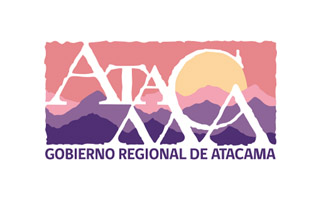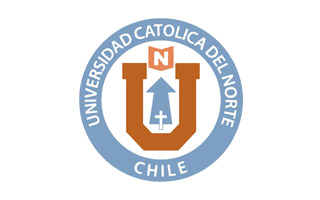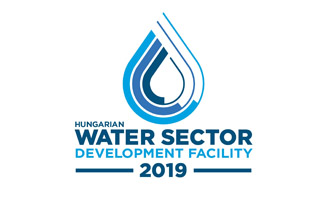In 2010 January the program launched a surveying expedition with the aim of starting a long-term data collection on the world's highest volcano, the 6893 m high Ojos del Salado and the surronding Puna Plateau. The research activity's importance is delivered by the location and its extreme environment as well as the fact that this had been the first long-term environmental and climate measurement ever launched at such a high altitude on Earth.
The main rationale of this research is the fact that this area is an extreme environment – which is common knowledge – but the major causing factors for its extremity are still undiscovered. Data and analyses of this long-term monitoring project provides us essential information about environmental parameters, moreover, their monitored changes give us insights in to the dynamism of climate change and its consequences.
The field location is in the dry part of the Andes (the highest arid mountain massif of the World), where extint and dormant volcanoes tower above 6000 m asl making this area one of the Earth's most extreme places. However, there aren't any exact data available about the environmental and climate changes, either about their local effects on this uninhabited land of high altitude desert characterized by salty lakes, lack of valley glaciers, permanent fresh water, scarce vegetation, permanently strong winds and dust storms. The reason for this might be the extreme weather conditions and difficult terrain with high elevation.
The location is representative for the dry/arid Andes, it has relatively good accessibility, and the plateau-summit elevation difference allows for studying a wide high-altitude section (4200-6893 m asl) for cryosphere presence- and ground temperature monitoring in the Earth's highest mountain desert.
The analyses of ground ice and the thermal regime of the regolith is particularly important in this arid environment – because of the significance of meltwater (high mountain lakes, streams, periglacial slope processes). The high and typically glacier free mountain massifs are "frozen water towers" of the desert. The water-reserves are in solid state, in the form of underground ice.
The presence of meltwater is essential for high mountain life, but this cold, dry, windy and UV-radiated environment creates extreme living conditions. The adaptation, prevalence and ecology of microorganisms are also good indicators of environmental changes.
Our processed temperature data and geomorphological, hydrographical and hydrological conclusions are useful in the field of turism, nature protection, mining, road constarction, etc. The Ojos del Salado monitoring site is the network's first and reference value location, where the development and maintenance of the instrument and multidisciplinary fieldwork-system has been done - for the representative, high-resolution database.


